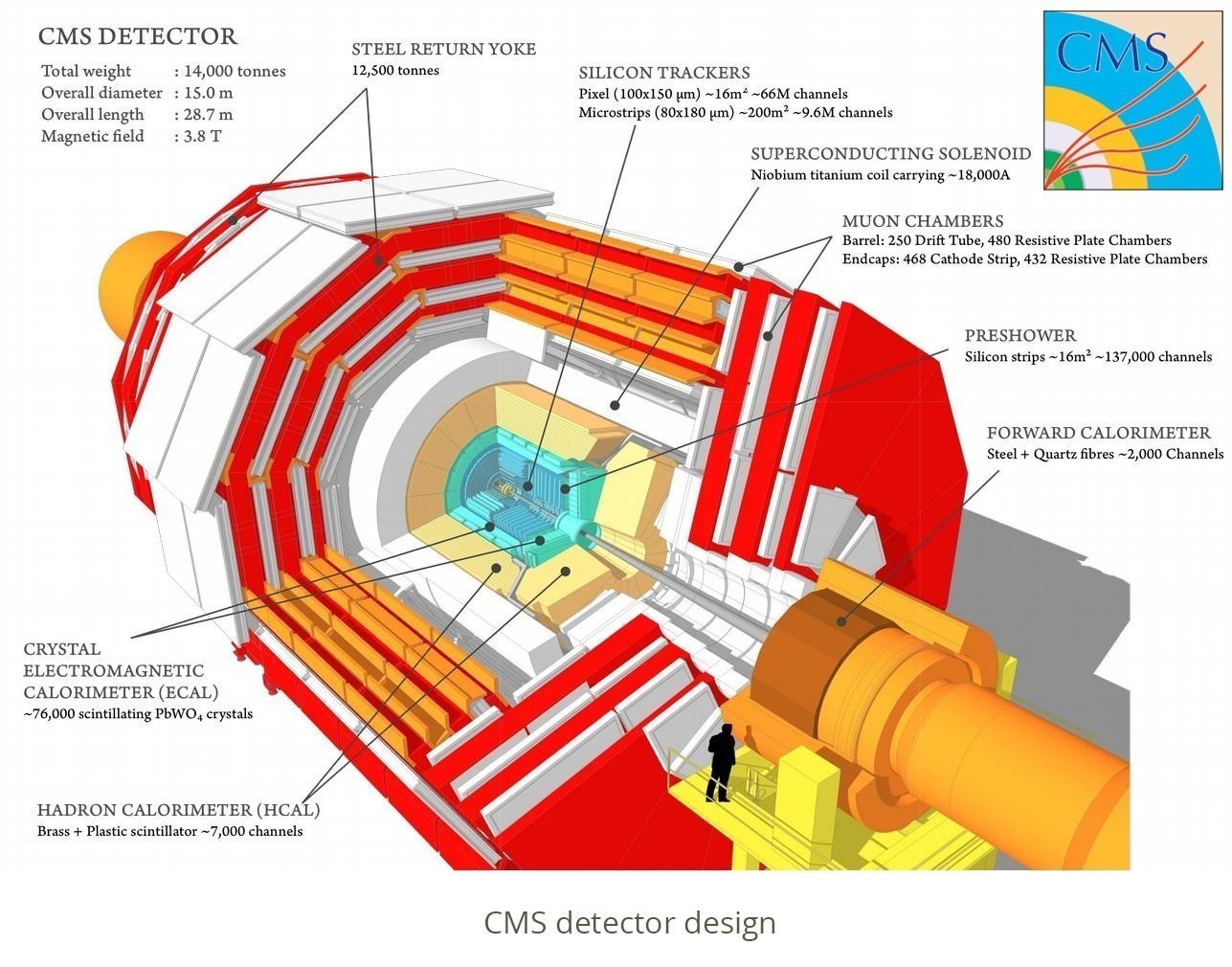• Omnis web solution •
Omnis Web application plays a crucial role in reviewing qualification data of
components in the World’s Largest Particle Accelerator

Hamburg
Germany
Institute Website
The Challenge: The CMS detector is developed cooperatively in a group of 198 institutes in 45 countries, including the Institute for Experimental Physics at the University of Hamburg. The Hamburg team develops and improves the Silicon pixel detectors in the innermost shell of the CMS, or the “Tracker”. The tracker consists of 66 million pixel detectors each 0.1 mm x 0.15 mm, totaling 16 m² of silicon in the tracker.
The challenge of the scientists in the Hamburg detector lab is to develop radiation hard Silicon pixel detectors to be used in the upcoming CMS upgrade. Therefore, they are measuring detector properties before and after radioactive irradiation. The comprehensive measurement data are stored permanently on a server. Since 2009 about 25,000 data files have been collected.
The Solution
In order to have historic measurements on a particular device available for comparison, meta data of all records are stored in a MariaDB database. The web frontend for this database was developed using the Omnis Studio JavaScript Client, and a headless Omnis Server which can be administrated via the web is working in the background.
All the members of the Institute of Experimental Physics can access this database via their web browser, search for meta data (type of detector, date of measurement, operator, irridiation history, temperature etc.) and download matching records on their computers for further evaluation.
The Project
The Large Hadron Collider (LHC) near Geneva in Switzerland has a circumference of 27km and is the largest and most powerful particle accelerator in the world. It accelerates protons to nearly the velocity of light and collides them at four locations around its ring. At these points, the energy of the particle collisions gets transformed into mass, spraying particles in all directions. The 15 metre high and 21 metre long Compact Muon Solenoid (CMS) detector sits at one of these four collision points. It is designed to observe any new physics phenomena that the LHC might reveal.
The CMS detector acts as a giant, high-speed camera, taking 3D “photographs” of particle collisions from all directions up to 40 million times each second. By identifying nearly all the stable particles produced in each collision, measuring their momenta and energies, and then piecing together the information of all these particles (like putting together the pieces of a puzzle), the CMS can recreate an “image” of the collision for further analysis.
Why Omnis
“Due to Omnis Studio’s Rapid Application Development ability, the development of the application only took 2 months from the decision to use Omnis up to a working prototype showing all the main functionality. I want to especially emphasize the great cooperation between the Institute for Experimental Physics and Omnis Software Germany. The technical support team was very cooperative and helpful with their profound experience. Critical bugs have been fixed within just a few days,” said Dr. Michael Hufschmidt, developer of the web application.




